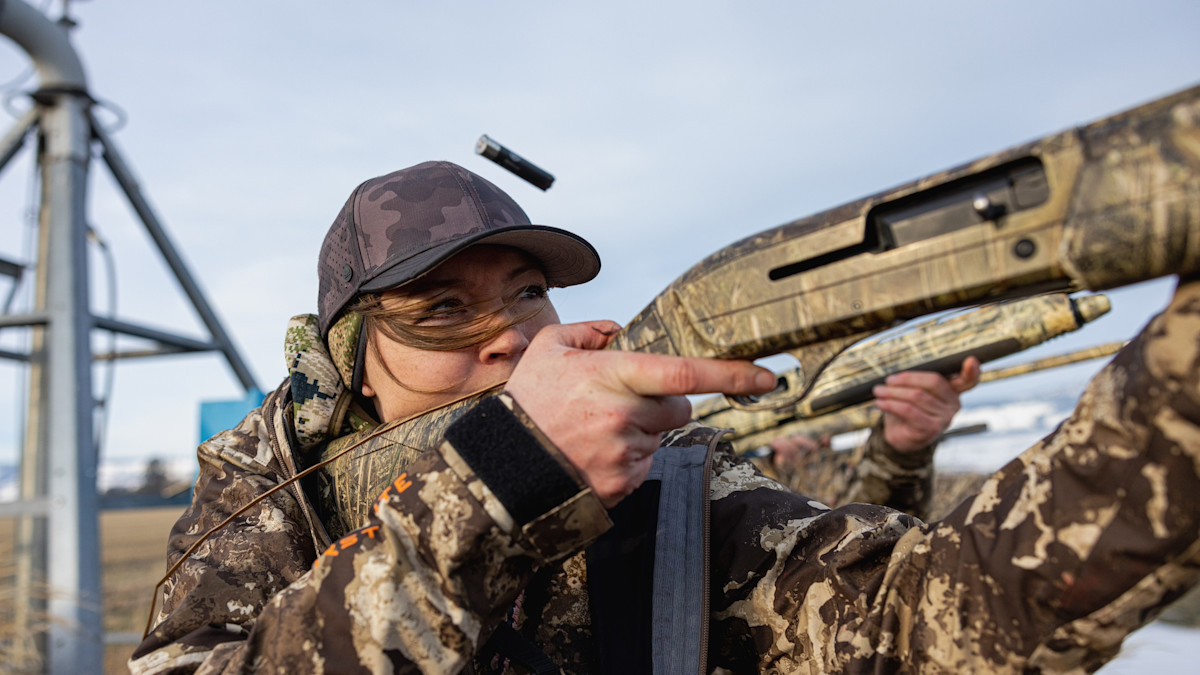
On January 16, the California Wildlife Resources Committee opened the table to discussion on banning the use of plastic wads in shotgun shells. The topic was brought forth by the Surfrider Foundation, who gave the committee a presentation on the impacts of plastic wads on California coastlines. They pointed out that the wads wash up in surprising numbers on beaches, presenting a potential hazard to birds, fish, and marine mammals that might mistake the plastic bits for food.
Sebastian Garcia, regional director of fundraising for the National Wild Turkey Foundation, also spoke at the meeting, in opposition to the proposal. “It could kill waterfowl hunting in the state,” Garcia told MeatEater after the meeting. Alternative, biodegradable wads are not widely produced, and are therefore expensive and extremely difficult to find. “People wouldn’t be getting out to hunt. That’s less hunting licenses bought, and less duck stamps bought.” Overall, that would mean less money for conservation, which could hurt California waterfowl even more in the long run.
Most hunters at the meeting echoed a similar sentiment. Summarizing their views, Garcia says, “Hey, we’re not opposed to eventually using biodegradable shells, and that’s probably the direction we need to be moving, but this is going to take years. It might take ten, fifteen, twenty years to develop a wad that’s both effective _and _biodegradable.”
That development would be just another continuation in the evolution of shotgun shells, which has been a slow progression. In fact, plastic wads weren’t even widely available until the 1960s. Before that, shells were packed with a fiber cloth or cardboard on top of the powder. But when plastic wads were introduced in 1958, they quickly swept the market. Not only were they moisture resistant, but they also sealed the bore, resulting in a more efficient discharge.
Originally, the plastic wads were designed to protect lead shot pellets from deformation in the shotgun barrel. But when steel shot was widely introduced, the function changed: now, the wad protects the barrel from abrasion caused by steel shot. They’re stock-standard amongst shotgun ammo these days.
Recently, however, some companies have begun manufacturing biodegradable wads. Rio, for example, makes Eco BlueSteel Shells, but they’re extremely difficult to find and only come in boxes of ten. They cost about a dollar a round, which comes back around to Garcia’s plea to the commission: don’t rush policy through. Wait for the ammo manufacturers to catch up before mandating any kind of restriction on plastic wads. “If you try to rush legislation through,” Garcia said, “and mandate the biodegradable wads—man, I think it’s just really going to hurt waterfowl hunting in the state.”
The motion to transition away from plastic comes on the heels of an 11% tax increase on guns and ammo in California set to take effect on July 1 this year. Already, hunters in the state are facing increasing expenses to pursue game in the state, and a shotgun wad ban would be an additional burden.
Still, hunters recognize that they need to be leaders in conservation. That includes picking up after themselves—particularly spent casings when waterfowl hunting. Wads, however, are rarely retrievable. Making them biodegradable would be a major step toward keeping riverways and coastlines clean.
Following the January meeting, there were no suggestions on future action from the Fish and Game Commission. They plan to resume the discussion at their next meeting on May 16.




